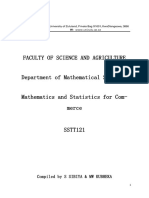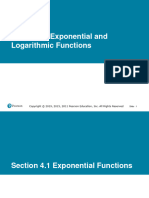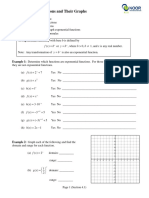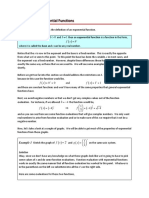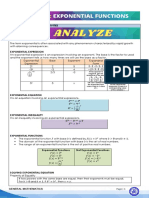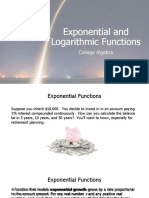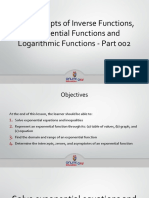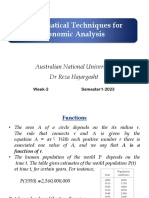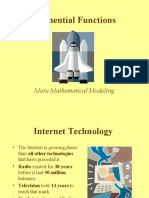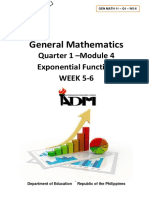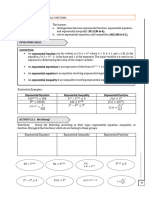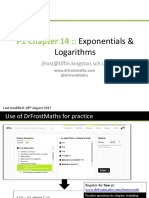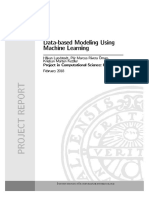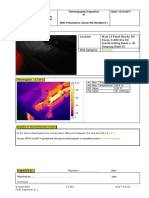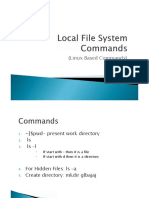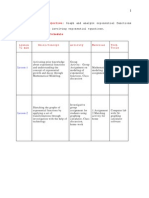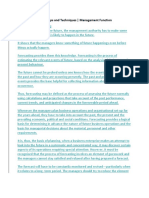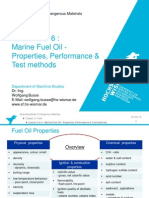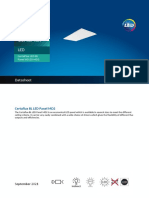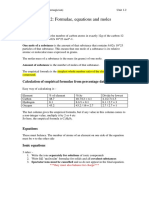0% found this document useful (0 votes)
7 views16 pages4.1 Exponential Functions
Exponentional will seem easier than addition and multiplication with this pdf right here check it out
Uploaded by
sharefanas608Copyright
© © All Rights Reserved
We take content rights seriously. If you suspect this is your content, claim it here.
Available Formats
Download as PDF, TXT or read online on Scribd
0% found this document useful (0 votes)
7 views16 pages4.1 Exponential Functions
Exponentional will seem easier than addition and multiplication with this pdf right here check it out
Uploaded by
sharefanas608Copyright
© © All Rights Reserved
We take content rights seriously. If you suspect this is your content, claim it here.
Available Formats
Download as PDF, TXT or read online on Scribd
/ 16


